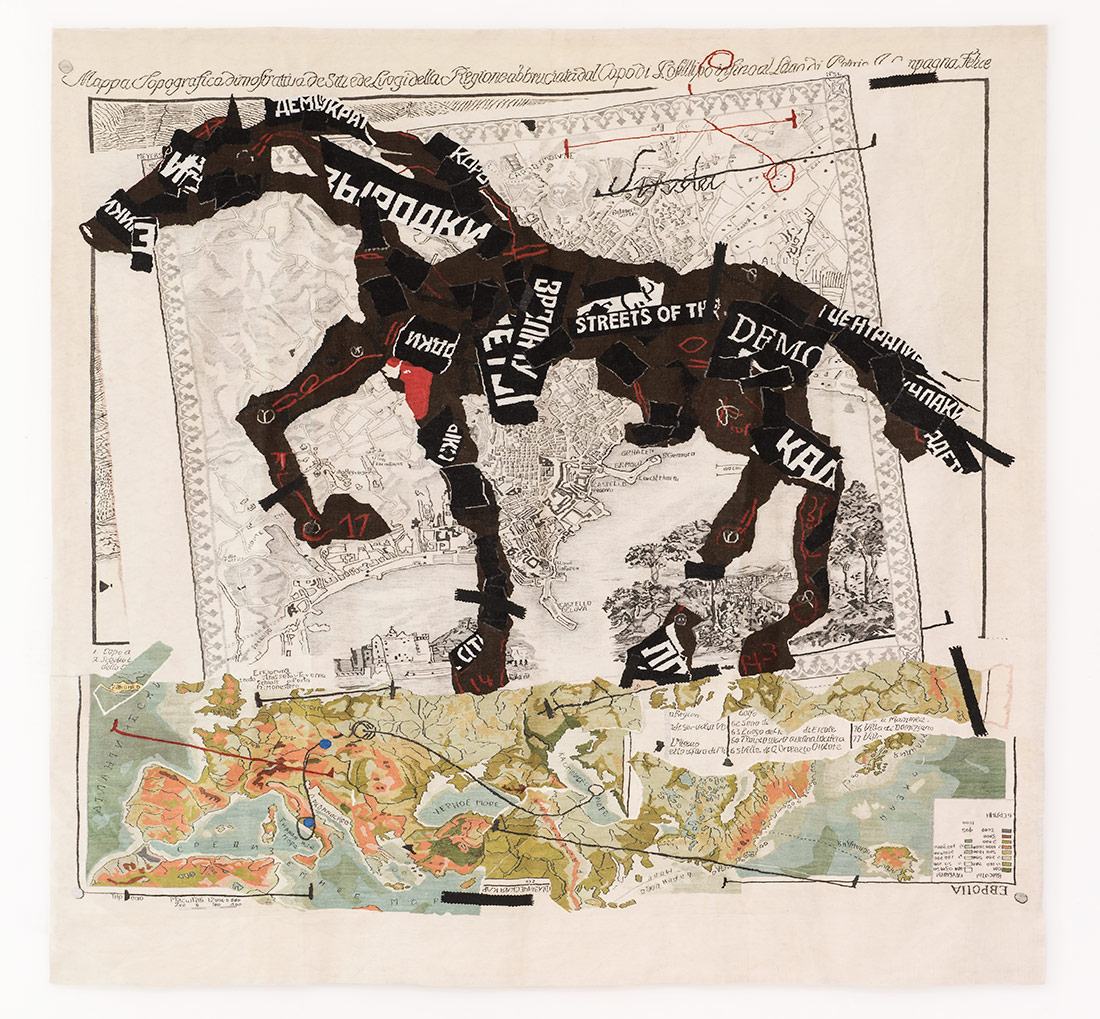

Civic authorities called out the militia, but there were no armed Dada militants, let alone an organized force. When Dada reached Berlin, during the armed conflicts that broke out as the Reich collapsed at the end of the war in 1918, Dadaists published a report that a Berlin suburb was about to be assaulted by Dada troops. They produced poems and artworks, but they also played pranks, leaking fraudulent press releases to a gullible public. During the Great War, a group of exiled artists convened in Zurich, launching a movement called Dada, a name they chose because it didn’t mean anything. In 1922, when Time floated the suspicion of a hoax behind The Waste Land, there was in fact some precedent. So how can a living person claim to have added another to the stockpile? Creeley’s questioner didn’t use the word hoax, but it hangs in the air, sniffing for a way to distinguish real poems from something merely “made up.” They’ve all been written down and spoken for. It seems to assume that real poems exist in eternity. “Is that a real poem, or did you make it up yourself?” This curiously phrased question was put to Robert Creeley some fifty years after The Waste Land was published. It was reviewed in the first issue of Time magazine under the headline, “Has the Reader Any Rights before the Bar of Literature?” As the anonymous author concluded the short appraisal: “It is rumored that The Waste Land was written as a hoax.”Īs the reception of many modern artworks reveals, artistic innovation often meets with suspicion that there’s more-or less-than meets the eye. Eliot’s The Waste Land, perhaps the most consequential poem of the twentieth century.

We’ve recently had a flurry of attention to the centenary of T.


 0 kommentar(er)
0 kommentar(er)
